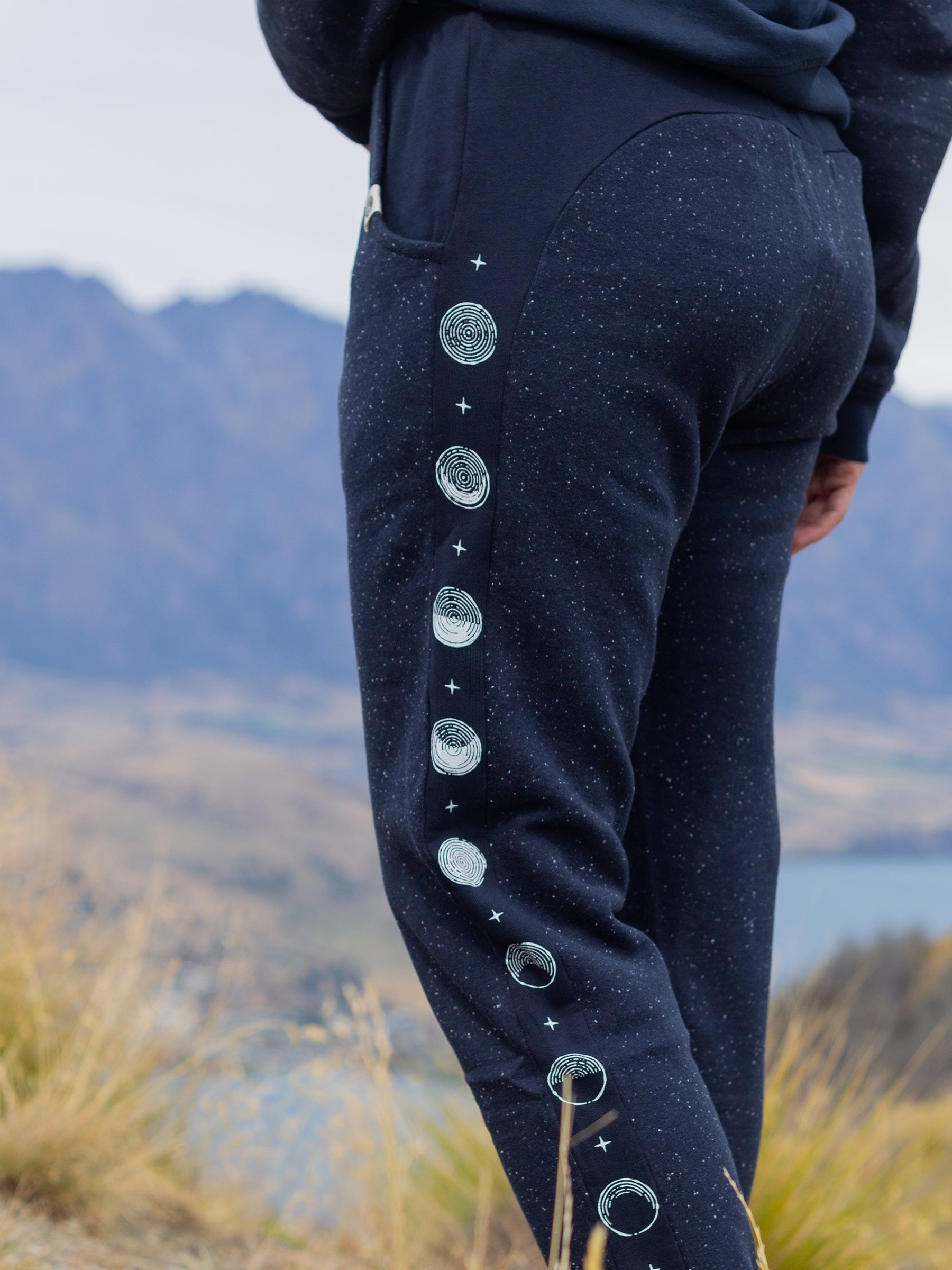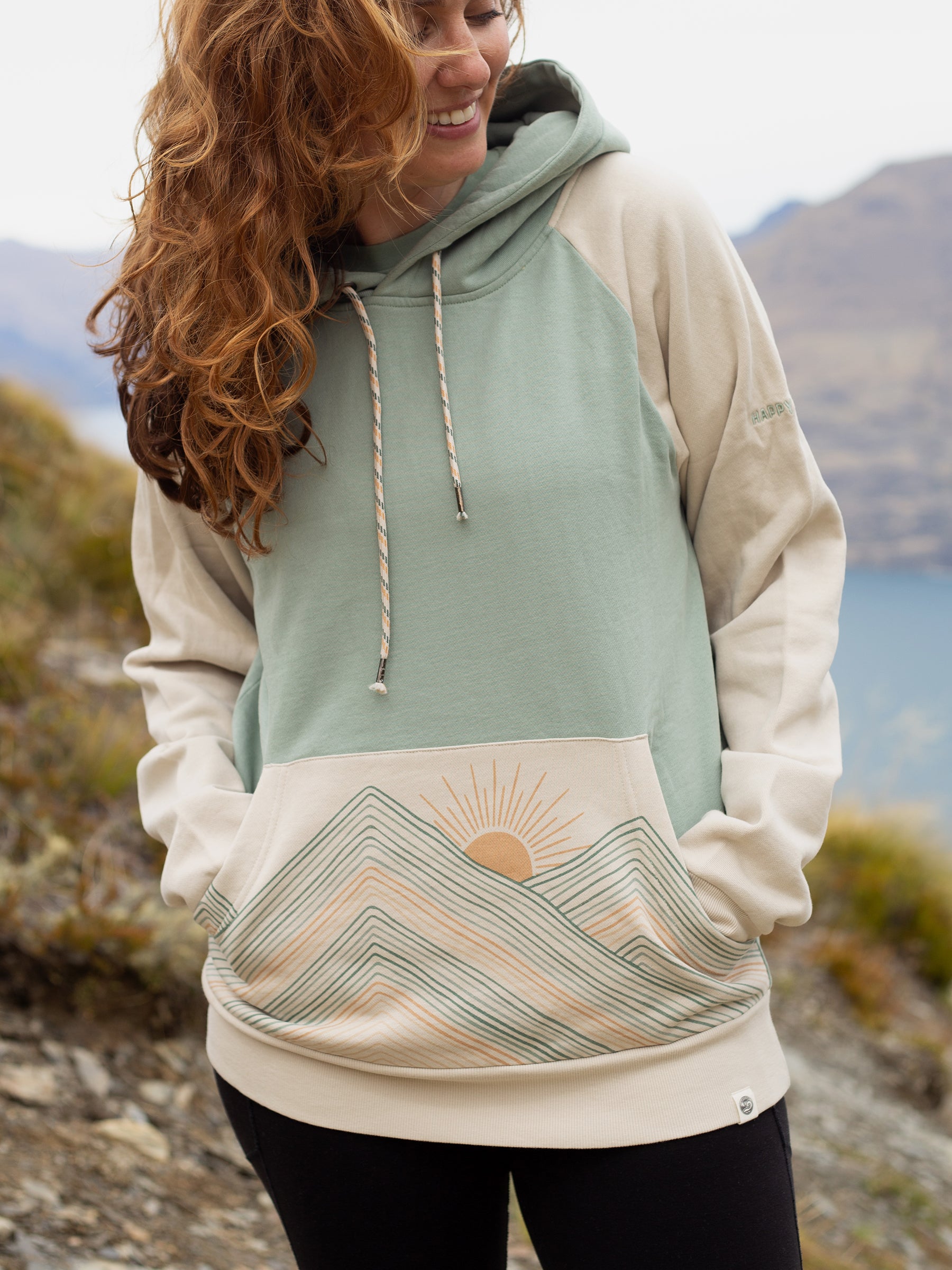Q3 Theme: Personal Plastics Audit
July: Single-use Plastic Audit
August: Recycle the Right Way
September: Microplastics and Your Closet
This month we're tackling recycling and the real meaning of that chasing arrow symbol we’ve all come to associate with the eco-conscious. By the end of this month, we want you to have a little more insight into what products are actually recyclable near you.
We all want a more sustainable, circular economy. As an eco-minded consumer, you've likely done the waste-or-recycling dance when going to discard trash. You think "hey, it's made of plastic", see the green triangle, and then toss it into the recycling bin. You want it to be recyclable. You're trying to do the right thing by dodging the landfill. Unfortunately, wanting it to be recyclable doesn't make it recyclable. This act is called "wish-cycling", where despite a consumer's best of intentions, they place questionable items in recycling bins hoping that it's recycled.
Wish-cycling often causes more harm than tossing it in the trash. Improper materials can damage processing systems and lead to temporary shutdowns. Many municipalities are looking to make cuts to their recycling programs because of managing non-recyclable products and the increasing expense of machine repairs. In our pursuit to limit the amount of garbage going to landfills, wish-cycling paradoxically creates even more waste. Oftentimes, recycling centers will have to throw out the whole batch of recyclables if it’s contaminated by a non-recyclable item.
the "WHY?"
The plastic crisis is bleak. Of the 8.3 billion tonnes of virgin plastic produced worldwide, only a mere 9% has been recycled. The majority creeps into our streets, clogs our waterways, and chokes our wildlife. Plastic makes up our cars, toys, home goods, textiles, electronics, clothes - in short, it’s in nearly everything. With the never-ending flood of plastics in the market, it’s impossible as a consumer to dodge the vexing material. Spotting that green-signaling triangle offers us a beacon of hope; by tossing it into the recycling bin, we think we’ve evaded the worst of it.
Unfortunately, that’s not how it generally pans out. The recycling system isn’t clear and in actuality, designed to be confusing. That chasing arrow symbol does not always signal recycling; it's an identifier for the type of plastic that makes up the product. Known as a plastic resin symbol, it was designed specifically to look like the recycling symbol (and convince people that every item with one of these symbols was recyclable) in 1988 by the Society of the Plastics Industry (nowadays the Plastics Industry Association).
This Resin Identification Coding System (RIC) appears on plastic products that identify the plastic resin out of which the product is made. The numbers 1 through 7 inside indicate the type of plastic resin, the six most commonly used plastics with a seventh class a catchall for everything else, and ultimately can inform you if it even qualifies for recycling.
Here’s what each plastic recycling symbol means, along with examples of what it’s typically found in:



Found in: Shampoo and cooking oil bottles, blister packaging, wire jacketing, siding, windows, piping

Found in: plastic bags (bread, frozen food, and shopping bags); tote bags; squeezable bottles; furniture

Found in: Some yogurt containers, syrup and medicine bottles, caps, straws

Found in: Disposable plates and cups, meat trays, egg cartons, carry-out containers, medicine bottles

Found in: Three- and five-gallon water bottles, bullet-proof materials, sunglasses, DVDs, iPod and computer cases, signs and displays, certain food containers, nylon fabric.
the CHALLENGE
In the United States, use of the RIC in the coding of plastics has led to ongoing consumer confusion about which plastic products are recyclable. Every municipality has its own recycling guidelines that inform how plastics can be collected and (hopefully) recycled.
This month, we challenge you to be more recycling aware and mindful of your recycling habits.
1. Find your municipality’s list of recyclables online or by contacting your local government. Let us know how your city or town sorts and what they accept as recyclable. Aluminum? Glass? Certain plastics?
2. Locate 3-5 plastic-containing items in your household (or elsewhere) and record the RIC. Can it eventually be recycled near you?
the POINTS:
At the end of the month, send us your worksheet using the Submit Your Work Form and we'll add 100 Impact Points to your rewards.
Don't forget: You can always earn more points by picking up trash!
We award 40 points per pound of trash cleaned up (with photo evidence) - so get out there, clean up the planet, and earn some free Happy Earth merchandise!




